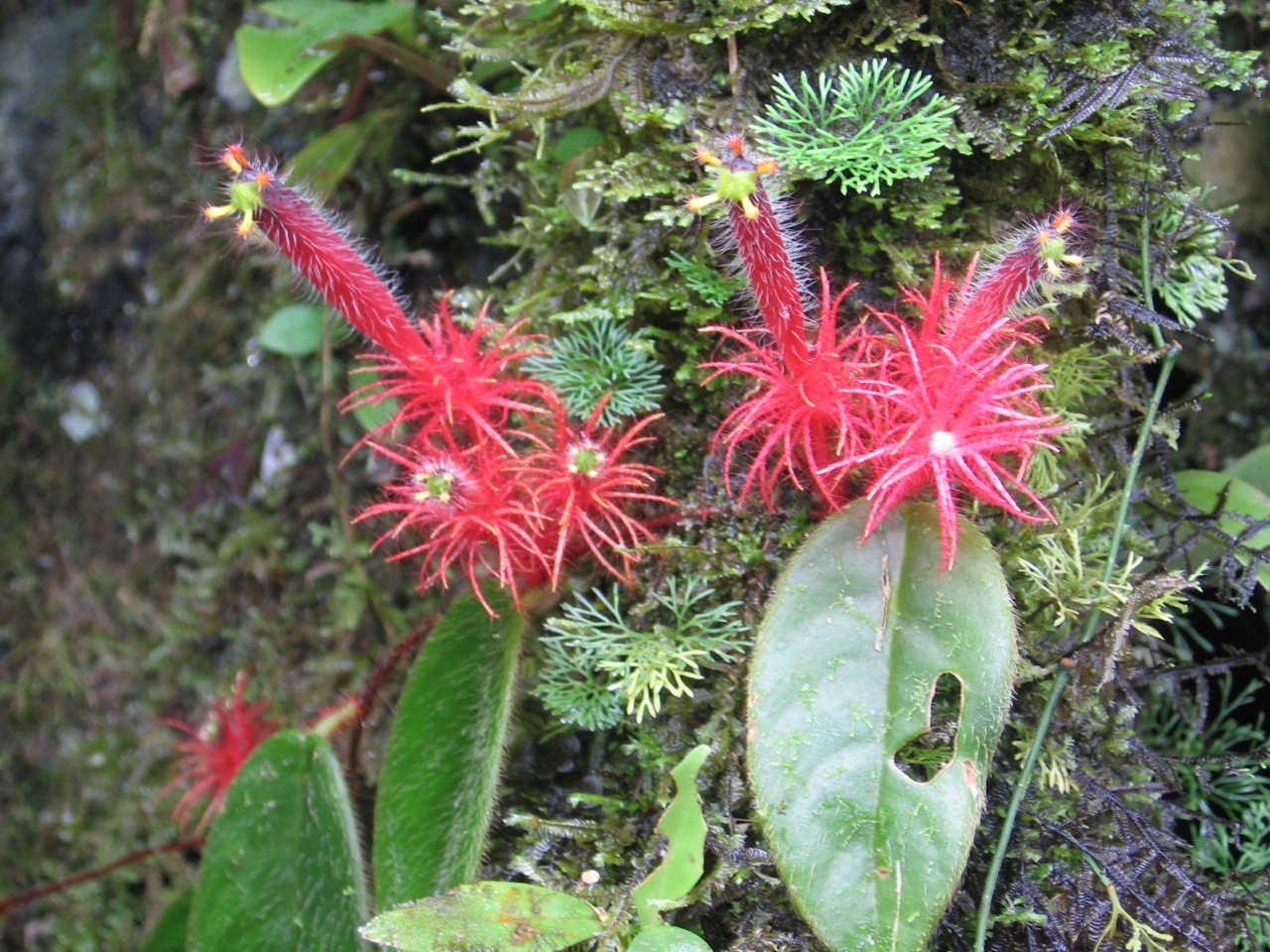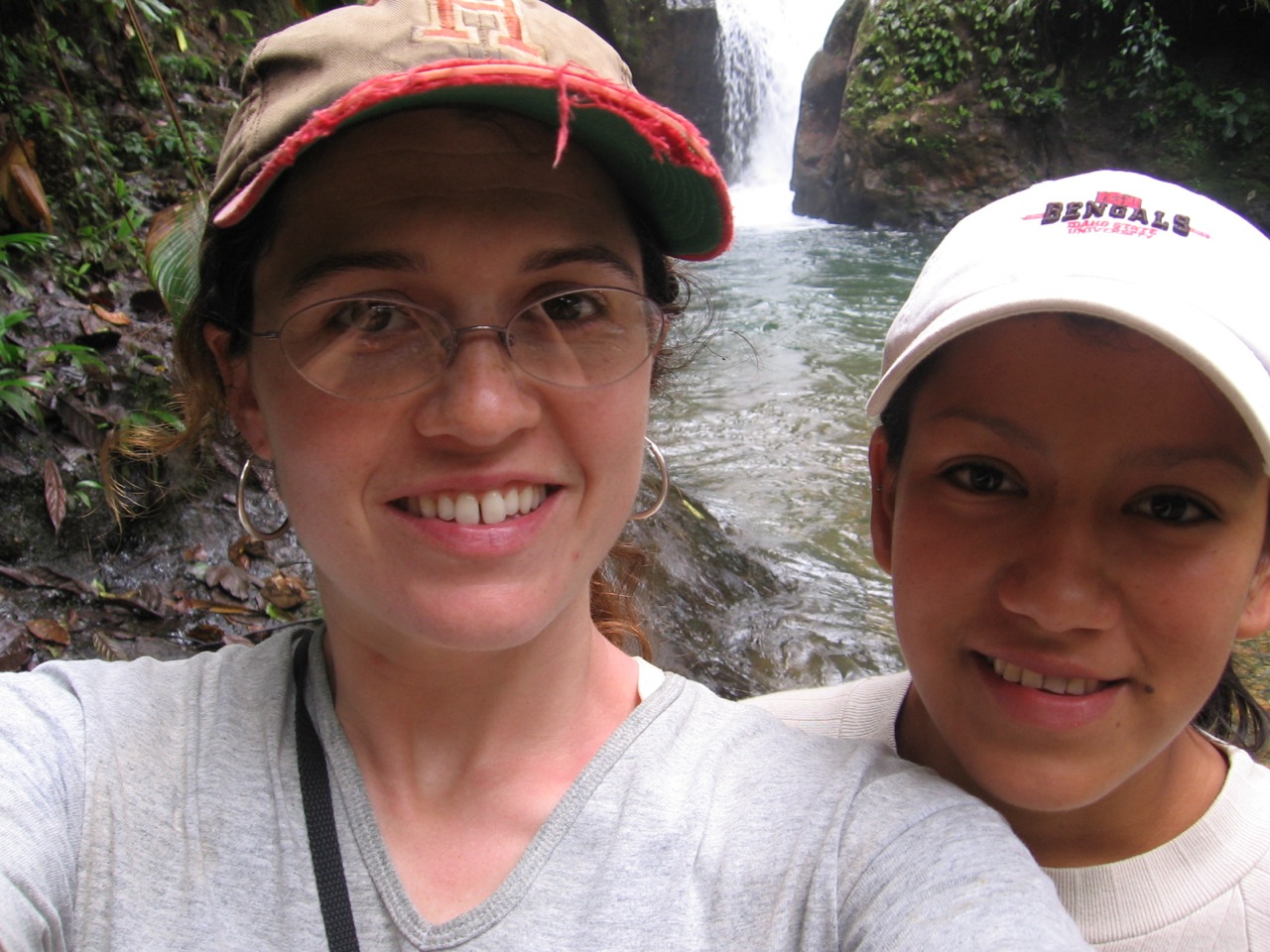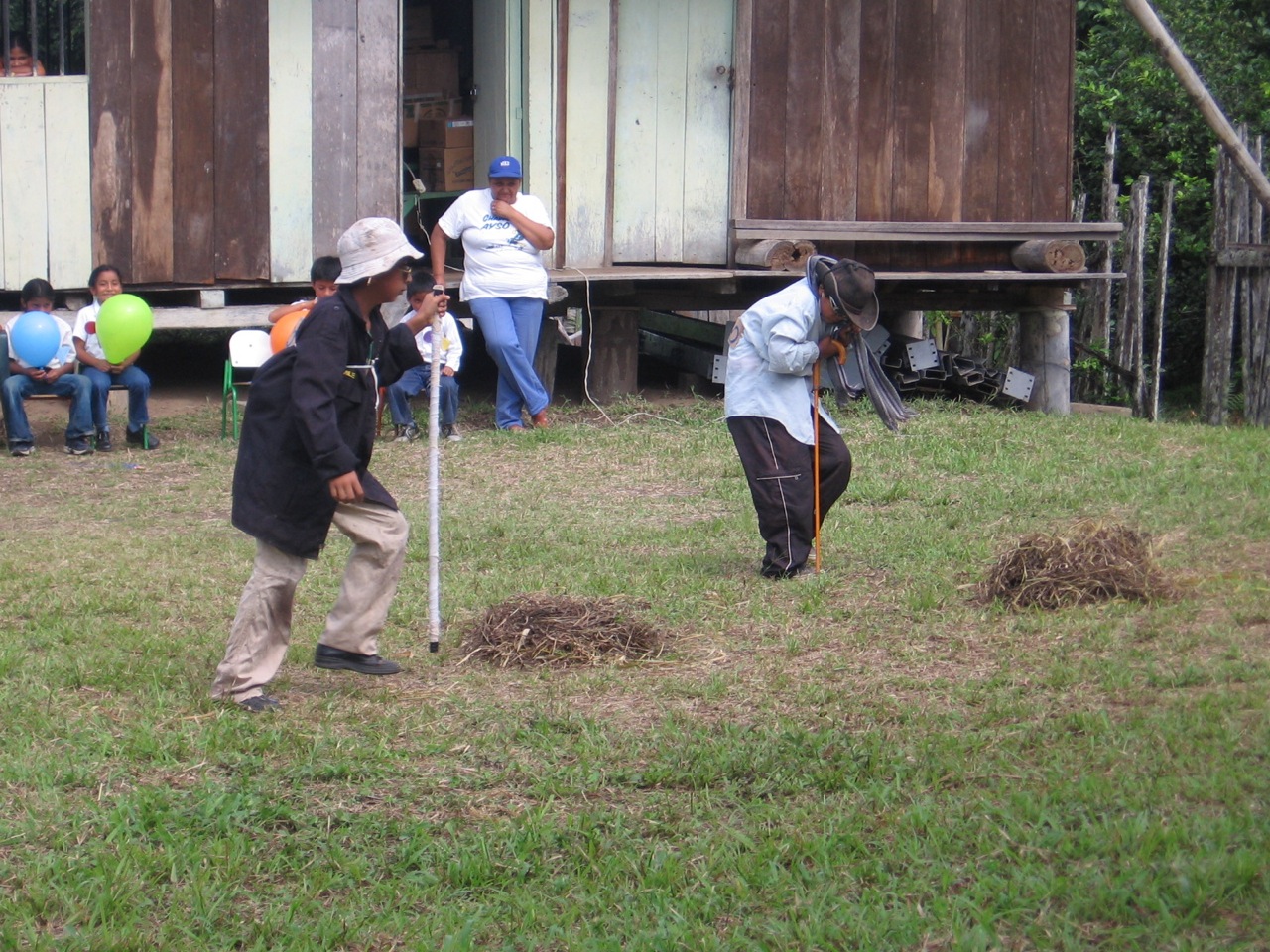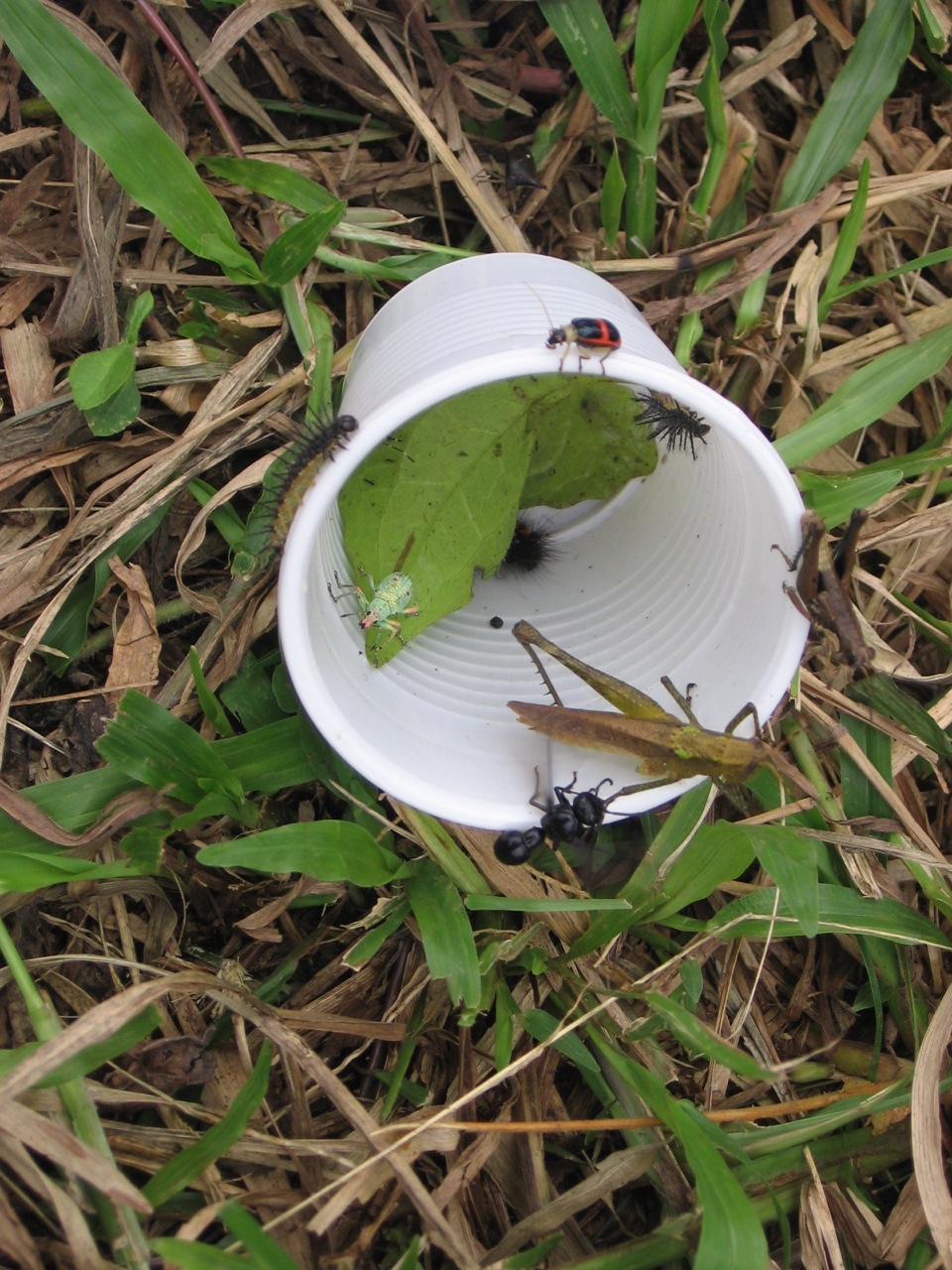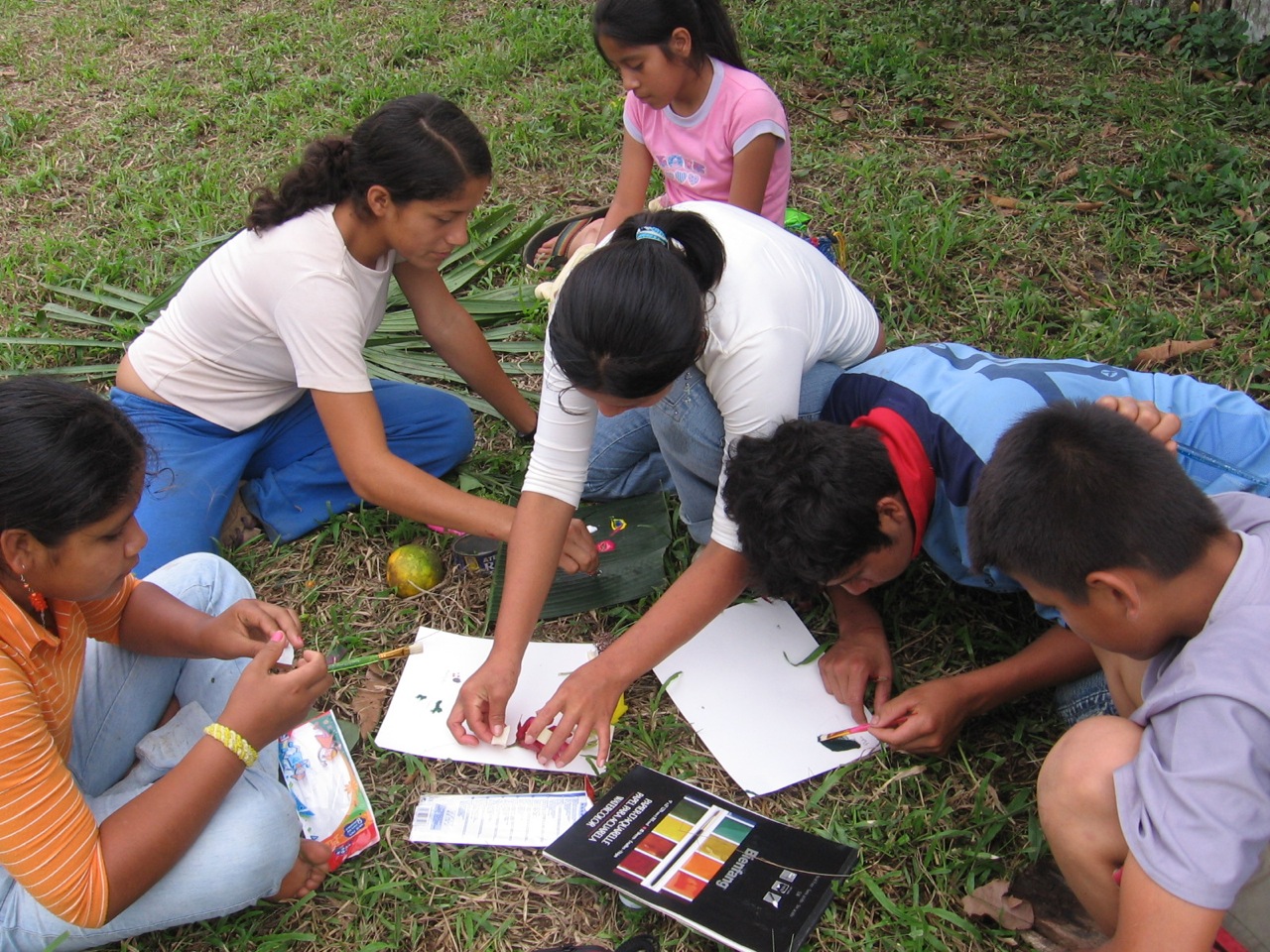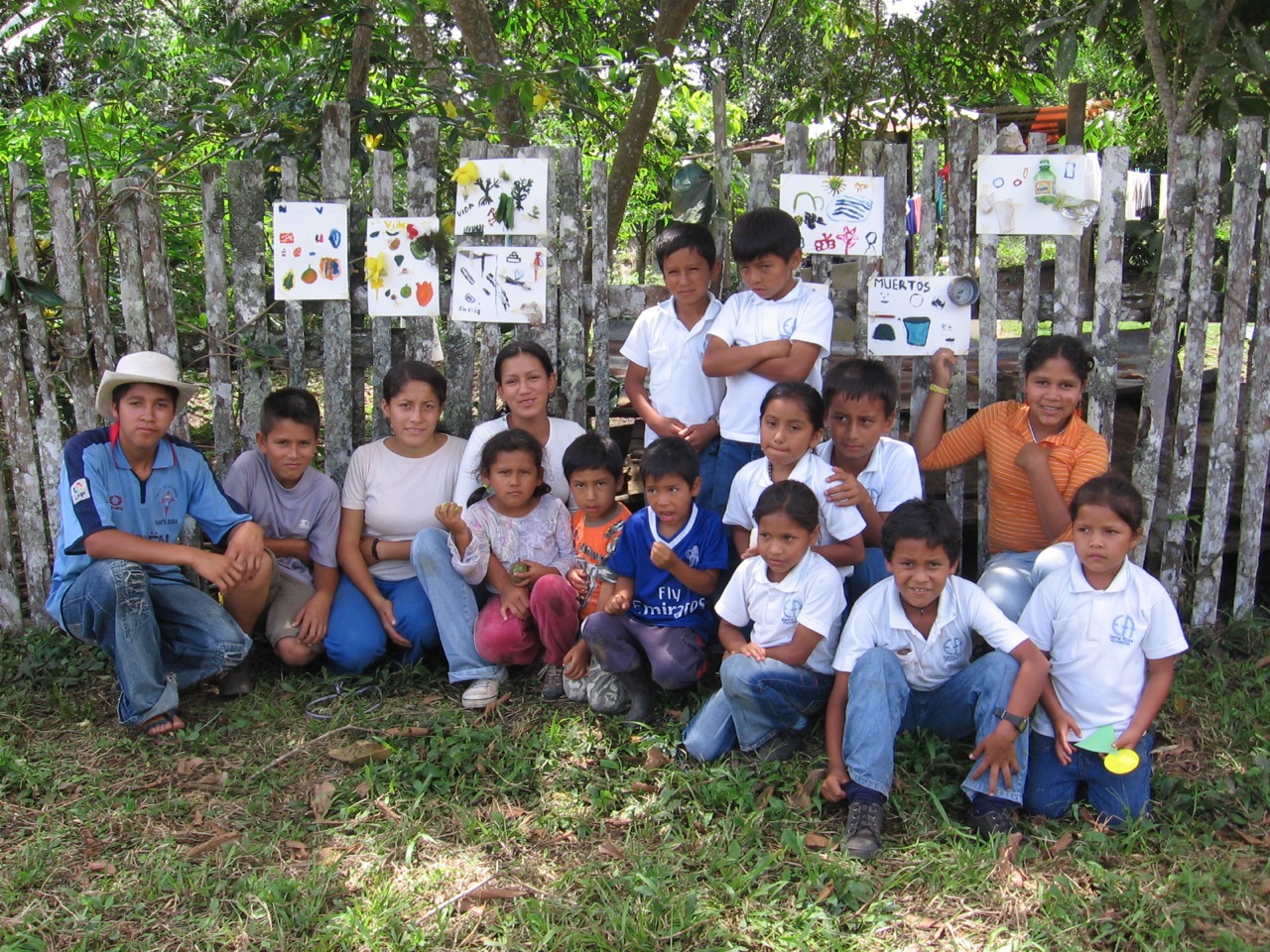As another summer begins, it is high time we did some updating of Shunku Llacta's activities! At the end of last year's International Team event, on August 3rd, our U.S. Team coordinators, Abby and Anita, discovered a group of what turned out to be "environmental" consultants to a new Canadian metals mining company, Avalanche Minerals Ltd. wandering around Rio Guaycuyacu taking samples, and gleaned enough specific information about their company that local residents and our extended Shunku Llacta family were able to follow-up on their activities and learn that some 80,000 hectares of northwestern Ecuador has been given in concession to said company for large scale metals mining exploration. This opens us up to potential environmental and social disaster, as mining for metals is the dirtiest and longest-lasting polluter of all extractive activities, running directly in counter to all our initiatives -by Shunku Llacta and many other groups, as well as government and non-government organizations working with local communities to promote sustainable and environmentally friendly development models which stress organic agriculture, community and conservation tourism, and cottage industries as viable alternatives to the devastating lumbering, and now mineral extraction, that have proliferated with the roads and rural electrification.
Thanks to Abby and Anita for quick thinking and brainstorming, and to Lindsay for sieving the Worldwide Web for timely information which we at Shunku Llacta could then disseminate to others within these new concessions, thus arming local awareness and resistance! Lindsay, Anita and Chani have been instrumental in setting up Blogs in both Spanish and English to put the information out into the world (though of course many rural residents have no access to the internet), and for keeping us abreast of events beyond our most local territorial borders. Anita keeps her hand on the pulse of the Asamblea Constituyente in Montecristi which is currently forging a new Constitution for Ecuador, which will include a new Mining Law. Chani is mobilizing the international community and considering how best to support our efforts here.
Regionally, individuals and organizations in the areas of northwestern Pichincha, Santo Domingo de los Colorados, and southwestern Imbabura Provinces who are within these new concessions have banded together -a first- to form the Coordinadora para la Defensa y Conservacion del Noroccidente (CODECONO), which aims to promote environmentally and socially sustainable economic alternatives and rejects metals mining as an inappropriate and inevitably disastrous development option unwarranted in the region due to its environmental and archaeological importance, geographical/climatic conditions, and the presence of more acceptable development models which can provide long term economic sustainablilty to the area. Shunku Llacta's in-country coordinator, Mimi Foyle, is an integral part of the Coordinating body of CODECONO.
Check out the blogs for ongoing information and how you can help our efforts:
http://guaycuyacu.wordpress.com (English)
http://deconoecuador.blogspot.com (Espanol)
Check out the blogs for ongoing information and how you can help our efforts:
http://guaycuyacu.wordpress.com (English)
http://deconoecuador.blogspot.com (Espanol)
In Santa Rosa, Guayabillas, and Saguangal, the months have passed quickly.
Shunku Llacta's Lindsay Hagamen's proposal to Brown University was funded to work in these three communities with the following objectives: 1) to promote local involvement with a sustainable resource, Guadua angustifoloia -the local native bamboo; 2) to network regional and local organizations with similar objectives to fortify and expand these to effect positive changes in the areas of forest conservation, organic agriculture, sustainability, etc.; and 3) to contribute materially to raising environmental awareness in local schools. Though this project was slow to start due to the perceived greater urgency of the mining issue, some of its objectives have already been realized as we participate in other local initiatives:
--The Corporacion Nacional de Conservacion Voluntaria ("the Forests Network"- the Red de Bosques), in view of the threat of open pit mining and the proliferation of new voluntary reservas along the "eco-ruta" between Quito and the coast, worked to attract other conservation-minded individuals and organizations to work as a regional network for conservation and sustainability issues. Out of this new network, CODECONO formed, and continues to work, with concrete activities planned into the near future. (the 2nd objective)
--Also, Thomas Riedmuller in the Republic of Ireland received a grant from Irishaid to support an international school exchange, "Learning to Live with One Planet," which linked schools in Ireland, Ecuador, Kenya and Mexico; offering an educational program stressing world citizenship, environmental responsibility, and sustainability concepts -including mapwork, games and hands-on exercises to enhance environmental sensibilities in students. A group from The Hollies Centre for Sustainable Living came to Ecuador last winter and gave workshops in several communities, as well as exchanging letters, photos, drawings and gifts between Ecuadorian school children and their Irish counterparts. Some of these materials are in the process of being translated for use in workshops for environmental trainers and Ecuadorian schools. Another summer project for Shunku Llacta! (the 3rd objective)
--The Corporacion Nacional de Conservacion Voluntaria ("the Forests Network"- the Red de Bosques), in view of the threat of open pit mining and the proliferation of new voluntary reservas along the "eco-ruta" between Quito and the coast, worked to attract other conservation-minded individuals and organizations to work as a regional network for conservation and sustainability issues. Out of this new network, CODECONO formed, and continues to work, with concrete activities planned into the near future. (the 2nd objective)
--Also, Thomas Riedmuller in the Republic of Ireland received a grant from Irishaid to support an international school exchange, "Learning to Live with One Planet," which linked schools in Ireland, Ecuador, Kenya and Mexico; offering an educational program stressing world citizenship, environmental responsibility, and sustainability concepts -including mapwork, games and hands-on exercises to enhance environmental sensibilities in students. A group from The Hollies Centre for Sustainable Living came to Ecuador last winter and gave workshops in several communities, as well as exchanging letters, photos, drawings and gifts between Ecuadorian school children and their Irish counterparts. Some of these materials are in the process of being translated for use in workshops for environmental trainers and Ecuadorian schools. Another summer project for Shunku Llacta! (the 3rd objective)
This leaves the primary objective, to work with Guadua angustifolia. Last September we had the first meetings with community groups in Santa Rosa, Guayabillas, and Saguangal about the bamboo component of the project. In October we made use of local resources by sponsoring a basket-making workshop at Rio Guaycuyacu. Due to conflicting meetings at that time, only Santa Rosa residents were able to attend as their own maestro, Celin Vasco, explained how to select and split Guadua angustifolia "canes", and how to make a durable work basket. Currently, each community is developing its own plan for a bamboo construction that will fulfill the needs for each group. In Saguangal, it will be a family guest house for their community tourism project; in Guayabillas, a bamboo second-storey on the Casa del Comite that will provide meeting and community tourism interpretation and lodging space in that community. In Santa Rosa, it may be a Community Center, or portable bamboo structures upon which to display their agricultural and other products at local fairs.
With Shunku Llacta support for transportation, Santa Rosa has participated in both the Parish Fair at the end of March in Pacto and in the El Paraiso Fair in April, taking first prize in both for the most diverse array of agricultural and related products, a source, now, of local pride and a stimulus to continue to promote excellence in this traditional occupation.




